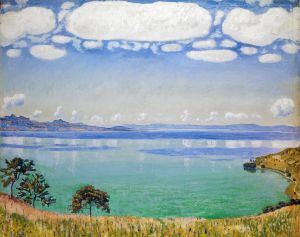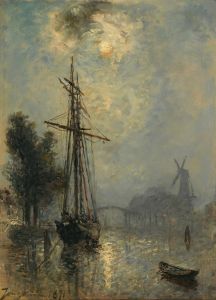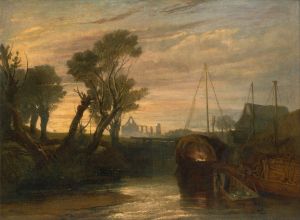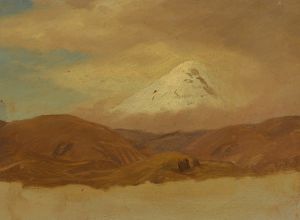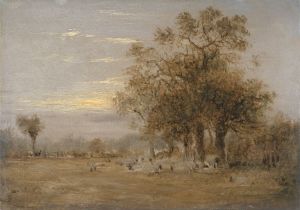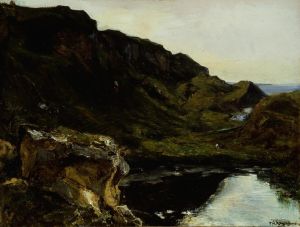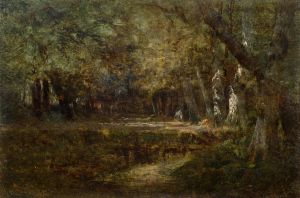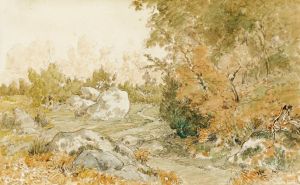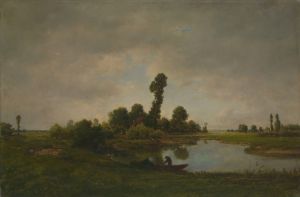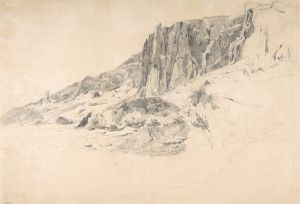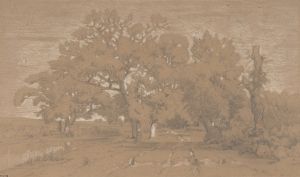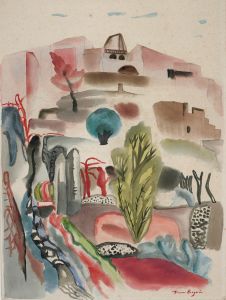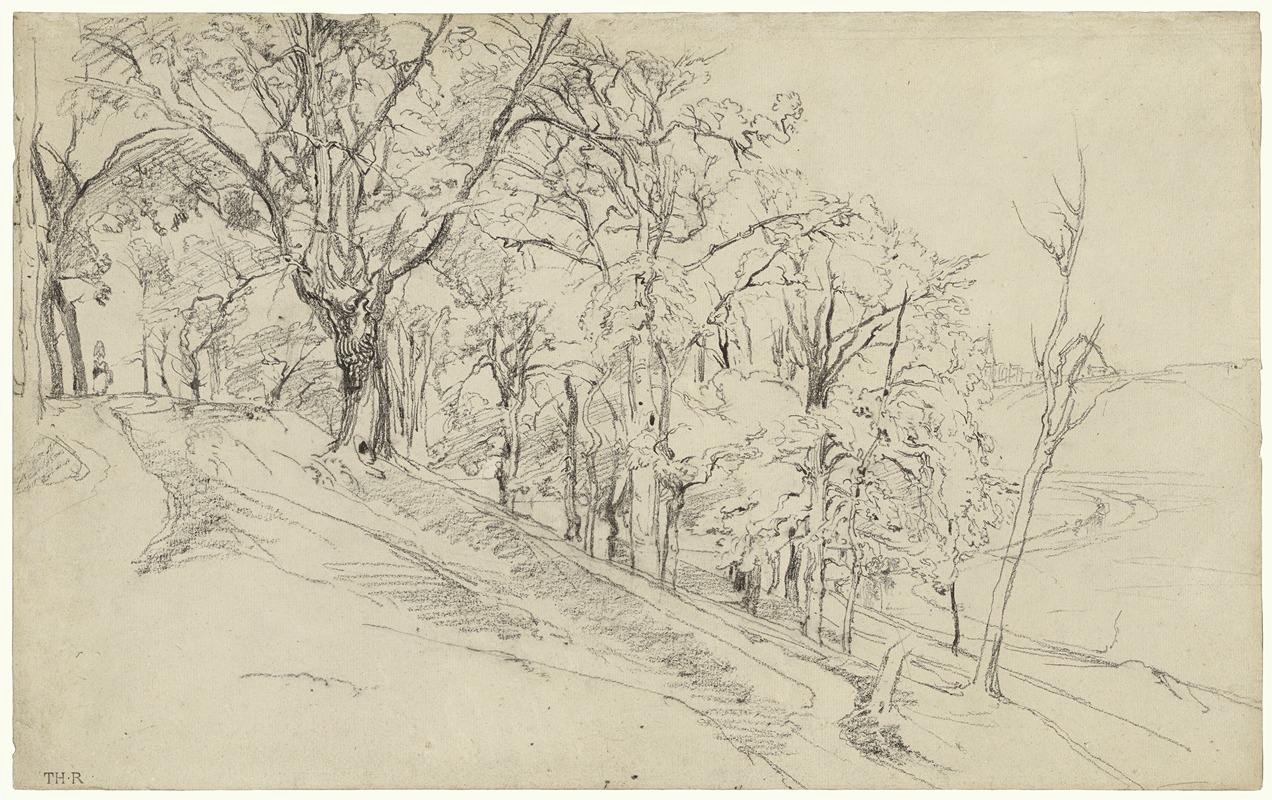
Forest in Boisrémond
A hand-painted replica of Théodore Rousseau’s masterpiece Forest in Boisrémond, meticulously crafted by professional artists to capture the true essence of the original. Each piece is created with museum-quality canvas and rare mineral pigments, carefully painted by experienced artists with delicate brushstrokes and rich, layered colors to perfectly recreate the texture of the original artwork. Unlike machine-printed reproductions, this hand-painted version brings the painting to life, infused with the artist’s emotions and skill in every stroke. Whether for personal collection or home decoration, it instantly elevates the artistic atmosphere of any space.
Théodore Rousseau's painting Forest in Boisrémond is a work by the French artist who was a leading figure of the Barbizon School, a group of painters in the mid-19th century who focused on naturalistic depictions of landscapes and rural scenes. Rousseau, born in 1812 in Paris, was known for his dedication to capturing the beauty and essence of nature, often working en plein air to observe and record the subtleties of light, atmosphere, and texture.
The painting Forest in Boisrémond exemplifies Rousseau's commitment to portraying the natural world with precision and emotional depth. The scene likely depicts a wooded area in or near the village of Boisrémond, though specific details about the exact location or circumstances of its creation are not widely documented. Rousseau's works often feature dense forests, open fields, and dramatic skies, and this painting is no exception, showcasing his ability to render the interplay of light and shadow across foliage and terrain.
Rousseau's technique in this painting reflects his meticulous approach to landscape art. He often used a rich, earthy palette to convey the textures and tones of the natural environment, and his brushwork ranged from fine detail to broader, more expressive strokes. This approach helped to create a sense of immediacy and immersion, drawing viewers into the tranquil yet dynamic world of the forest.
The Barbizon School, to which Rousseau belonged, was instrumental in paving the way for later movements such as Impressionism. By focusing on the natural world and rejecting the idealized landscapes of earlier academic traditions, Rousseau and his contemporaries sought to depict nature as they experienced it. This emphasis on realism and emotional resonance is evident in Forest in Boisrémond.
While specific details about the painting's provenance, current location, or exhibition history are not readily available, Rousseau's body of work remains highly regarded for its influence on the development of modern landscape painting. His dedication to capturing the spirit of the French countryside continues to inspire appreciation for the natural world and its artistic representation.





